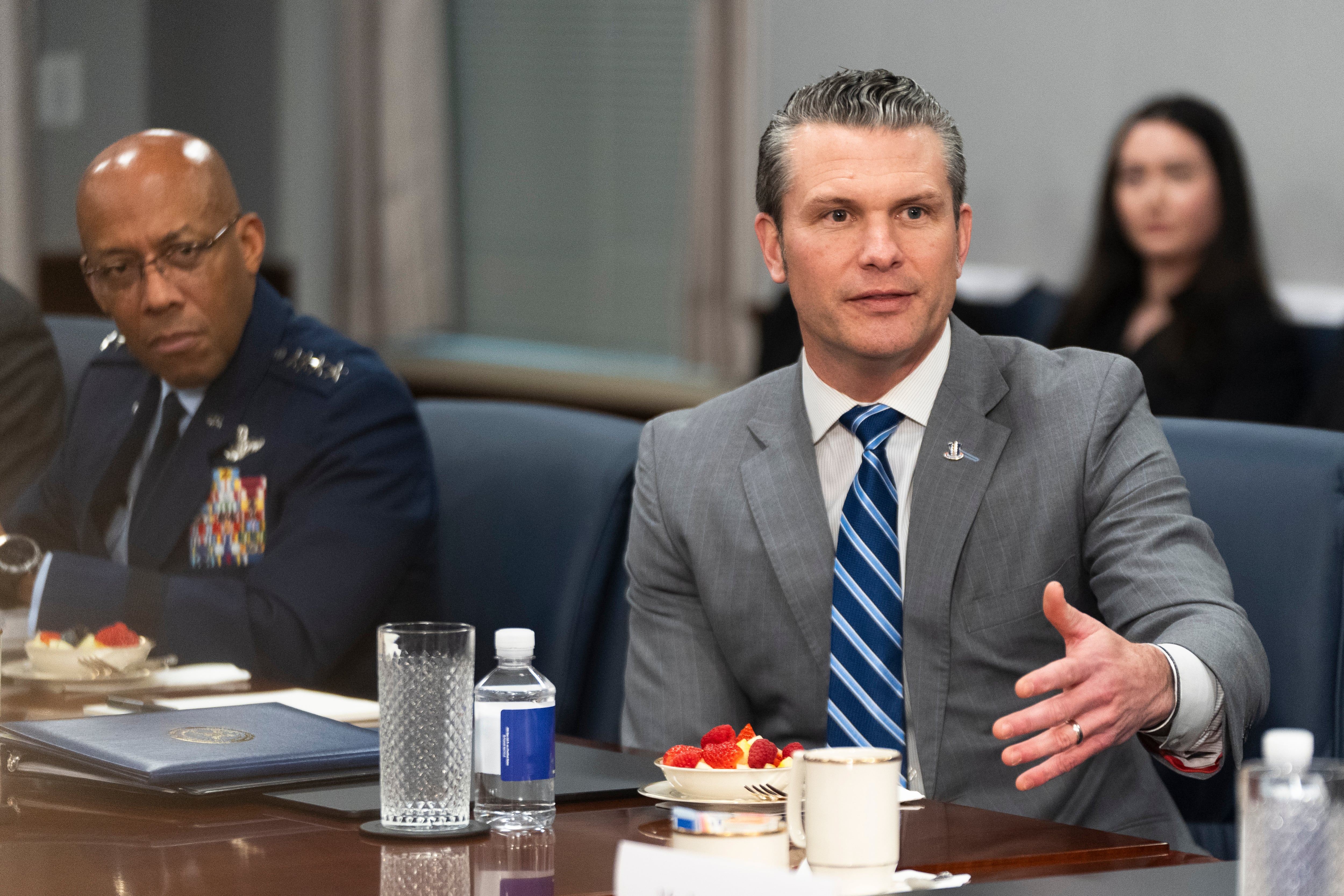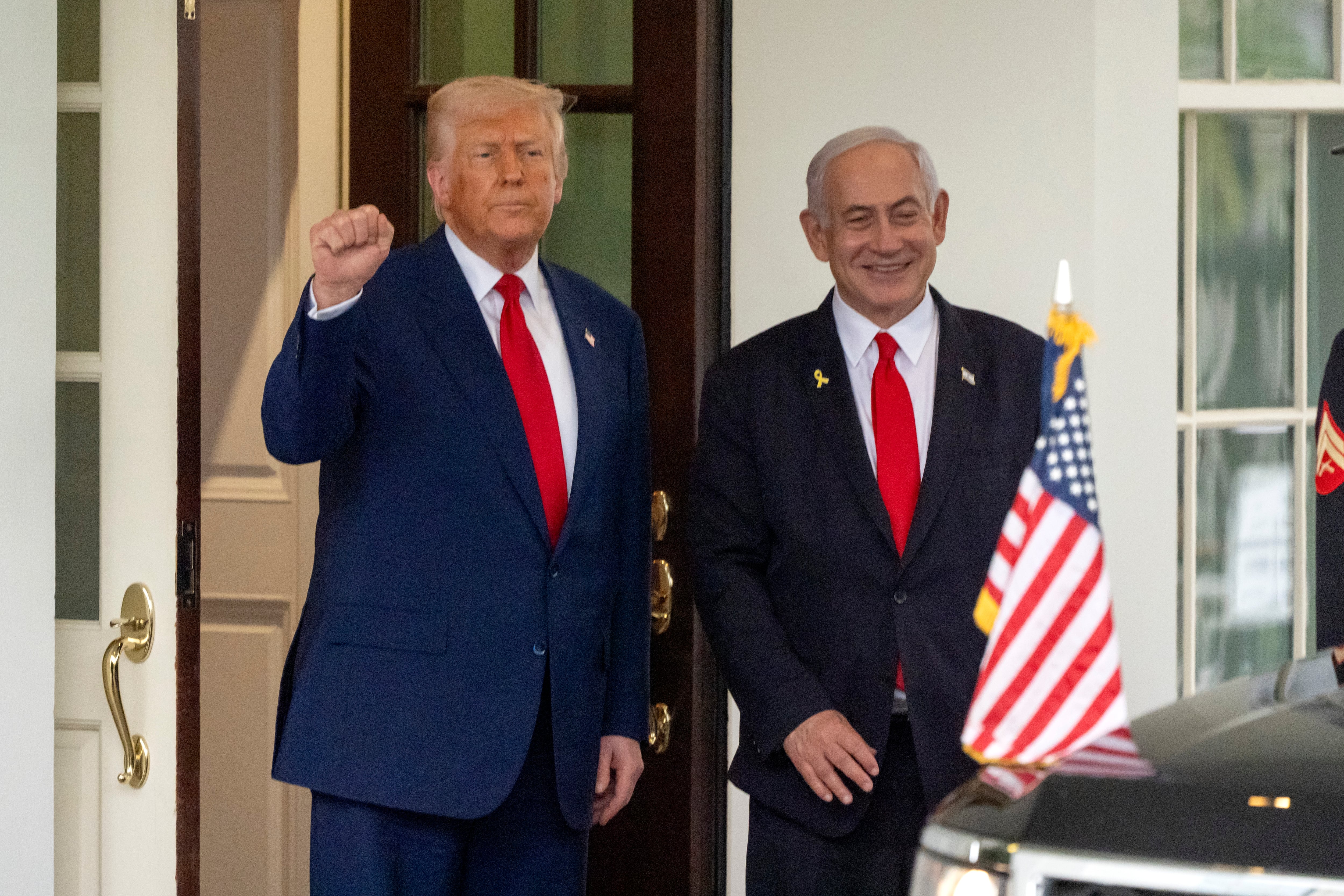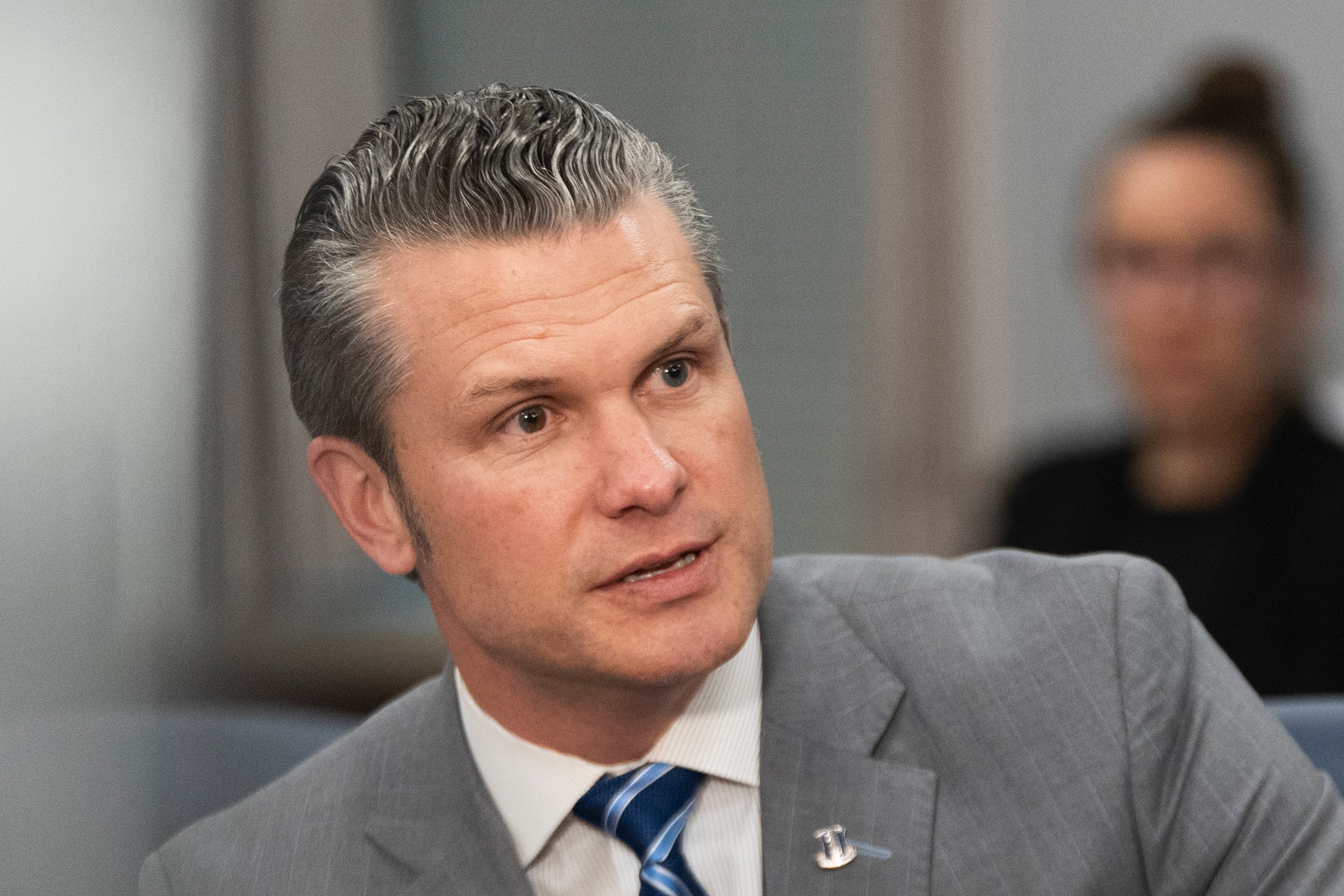The Defense Department issued guidance this week aimed at moving forward with its efforts to restructure its civilian workforce, according to a memo from Deputy Secretary of Defense Stephen Feinberg.
The April 7 memo aligns with the March 28 Secretary of Defense memo that called for an analysis of the department in hopes of reducing duplicative jobs, automating others and weeding out bureaucracy.
“To successfully deter America’s adversaries and posture our Forces to prevail in combat, we must focus our efforts and our resources on our top priorities,” the April 7 memo states. “Optimizing the organizational structure and civilian workforce of the Department is foundational to that effort.”
Secretaries of the military departments, chairman of the Joint Chiefs of Staff, directors of the defense agencies and field activities and Hegseth’s principal staff assistants were instructed to provide a “future-state” organizational chart to the Under Secretary of Defense for Personnel and Readiness Jules W. Hurst III, pinpointing areas for consolidation.
The under secretary has until Friday to submit those proposals to Hegseth’s office.
The April 7 memo offers a simple litmus test for judging a position’s necessity.
“If this position didn’t exist today, and we were at war tomorrow, would we create it?” the memo states. “If the answer is no, it should be consolidated, restructured, or eliminated.”
RELATED

The letter lists several points of emphasis, including what’s listed as “mission-first alignment” — where every civilian role that doesn’t “directly enable lethality” should be “reclassified, outsourced, or removed” — and “flattened hierarchies,” where supervision is reduced in favor of providing more decision making power to positions at every level.
The memo also calls for the reduction of jobs with duplicate responsibilities, the elimination of reviews for a speedier “process,” reallocation of money that isn’t directly tied to “warfighter outcomes,” termination of civilian roles not tethered to operational priorities and leveraging of automation and artificial intelligence.
“By cutting unnecessary layers, eliminating redundancy, and aligning every role to mission readiness, we ensure our ability to respond to any threat with speed, precision, and overwhelming force,” the memo states.
Since President Trump took office, the Defense Department civilian workforce has seen several changes that broke with the status quo.
In February, DOD civilian employees were ordered by the department to reply to an email from Elon Musk — tasked with leading the Department of Government Efficiency — that asked for a five-point summation of their weekly accomplishments.
Civilian employees were also barred from using their government-issued travel charge cards, after being given a $1 spending limit.
Riley Ceder is a reporter at Military Times, where he covers breaking news, criminal justice, investigations, and cyber. He previously worked as an investigative practicum student at The Washington Post, where he contributed to the Abused by the Badge investigation.





